The two types of impressions used in today’s dental offices are the traditional kits made using putty and the newer digital impression kits. Your office’s good technique yields the results you will get using either type. Keep reading for information that can help you decide which kind of impression you should offer your patients.
What Are Dental Impressions?
Dental impressions are used for restorative treatments and can be made in-house or at a lab. Making the perfect impression of a patient’s teeth has always proven to be a challenge, which is why multiple techniques have developed over the years. The materials and equipment needed for one type of dental impression can vary from another.
Polyether vinyl silicone (PVS) is one of the most common materials used to create traditional dental trays. This material is tasteless, strong and stable but still needs to be applied using with a good technique to obtain accurate results. You also have to mix the putty correctly, make the patient feel comfortable and trace its margins.
With digital technology, you have a precise alternative to traditional trays without the use of putty molds. Learning how to make digital impressions may take your staff longer to perfect but can result in enhanced office efficiency. Recent trends with this new method have led many practitioners to consider how traditional vs. digital dental impressions might impact the future of their industry.
Traditional Dental Impressions
Traditional impressions are made using a non-toxic dental putty such as PVS, which you pack into trays that slide into the patient’s mouth. The patient will bite down on the putty and wait for it to harden. Your staff can then prepare the completed molds for the patient’s restoration treatment and retake any molds if needed.
Your team can easily learn how to take precise dental impressions, and the process is relatively simple when working with most patients. It takes time for the restoration to harden, but the results you will get from making a traditional impression or using digital methods are about the same. Making traditional impressions using either plastic or metal trays is an effective method backed by extensive research studies and recent updates.

Benefits of Traditional Impressions
Traditional impressions have produced successful results long before digital technology was available. The benefits of traditional impressions include:
- Accuracy: Even the full-arch impressions are highly accurate when the correct technique is applied.
- Fewer investment costs: You can make traditional impressions without high-cost equipment or extended training sessions.
- More proven successes: Traditional impressions have a longer track record of success than digital methods.
Drawbacks of Traditional Impressions
Traditional impressions also have disadvantages, including:
- Impression retakes: A problem with the traditional method is the need to retake an impression if the restoration fits poorly. All offices eventually need to do retakes when using traditional impressions, but this issue should be rare for well-trained staff.
- Patient tolerance: Some patients are uncomfortable with having the impressions taken. Their discomfort is sometimes the result of anxiety, having to repress their gag reflex, a medical condition or an aspect of the putty, like its texture. Many dental procedures can trigger anxiety, and you can usually help an anxious patient cope with getting the impressions.
- A longer process: Making the impressions takes longer using traditional methods.
Digital Dental Impressions
Digital impressions were initiated by manufacturers interested in applying modern methods and technology to update routine dental procedures. This has become a popular procedure for patients and dentists, but the traditional procedure involving mouth trays continues to be relevant and is still widely practiced. Patients like that this method works without goopy putty, but as far as whether digital or traditional impressions are better, both have their advantages.
Digital technology is used to take scans of a patient’s mouth, and two types are currently possible:
- Digital impression technology: This technology captures photographs of the patient’s mouth, which are configured by the computer and analyzed to generate a precise restorative treatment.
- Digital video: The technology takes a video of the patient’s mouth for a comprehensive view of the teeth.
This technology uses scans or lasers to record the images. Laser scans are highly accurate and work using concentrated light so the patient will be unable to feel them. Digital scanners require spraying the patient’s teeth with a special powder to ensure the most accurate possible recording, but they are also precise and safe.
After your staff takes the impression scans, you can send them to the lab digitally instead of mailing the impressions to an off-site location. This usually results in a shorter time starting the patient’s treatment and has resulted in the possibility of same-day smile restoration treatments.
Benefits of Digital Impressions
Many offices prefer the new method of taking digital impressions. It has several benefits, including:
- Quicker turnaround times: Patients appreciate the time-efficient process and turnaround times for this method, which are better overall. The mouth scans can usually be completed in fewer than 10 minutes but may take less time, depending on the technology your office uses.
- Patient comfort: Dental putty, hard mouth trays and other materials are unnecessary for digital impressions and might be better for patients who suffer from dental anxiety or who gag easily.
- Quality: Digital impressions have high accuracy and typically produce well-fitted restorations.
- Easier cleanup: This method works without mixing up a messy alginate.
- Few processing errors: When you use digital technology to create the molds, it is unlikely that you will need to do retakes.
- Use of digital file systems: These impressions are digitally created and stored paper-free, creating an overall more eco-friendly process than working with plastic trays.
Drawbacks of Digital Impressions
Digital impressions also come with drawbacks, particularly:
- High investment costs: Making digital impressions tends to be more expensive than using traditional methods. Both the equipment and training costs are higher.
- Lower accuracy for a full arch: Certain impressions have less accuracy than conventional impressions, especially the full arch. Impressions for crowns and short dental prostheses have about the same accuracy in comparison.
- Large scanners: The intraoral scanners are often bigger than traditional impression trays and can seem intimidating to patients. You can reassure the patients that they will be unable to feel the scan, which is like someone shining a flashlight into the mouth.
Order Dental Supplies From ProDentUSA
Both traditional and digital impression trays have advantages and drawbacks, but the most important aspect of each is having the right tools and equipment to successfully conduct these procedures. Purchase from ProDentUSA for all your restorative dental equipment needs. If you have questions about our products, please contact us for information.





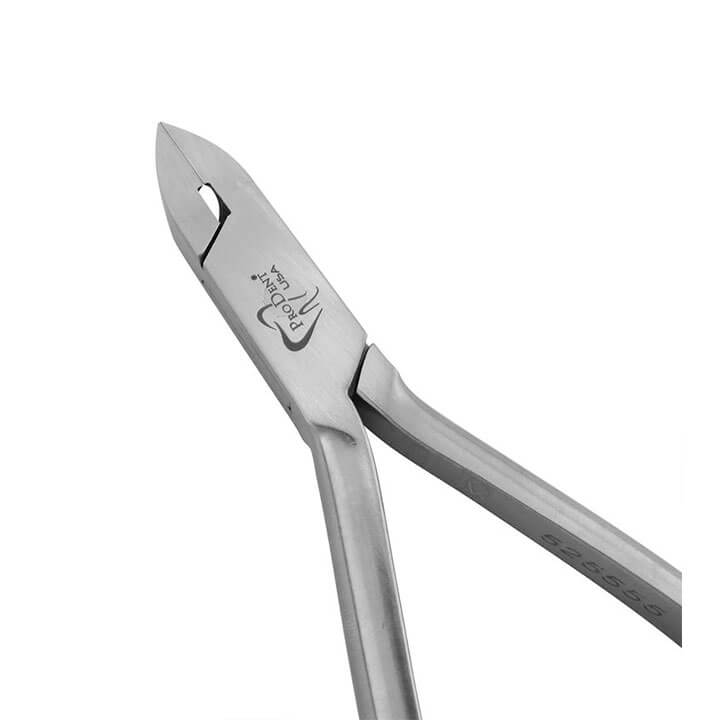

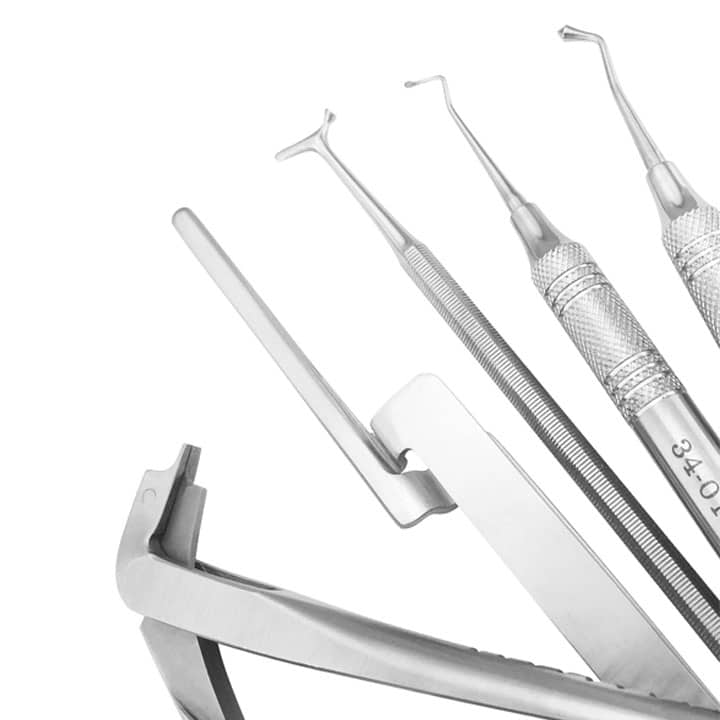
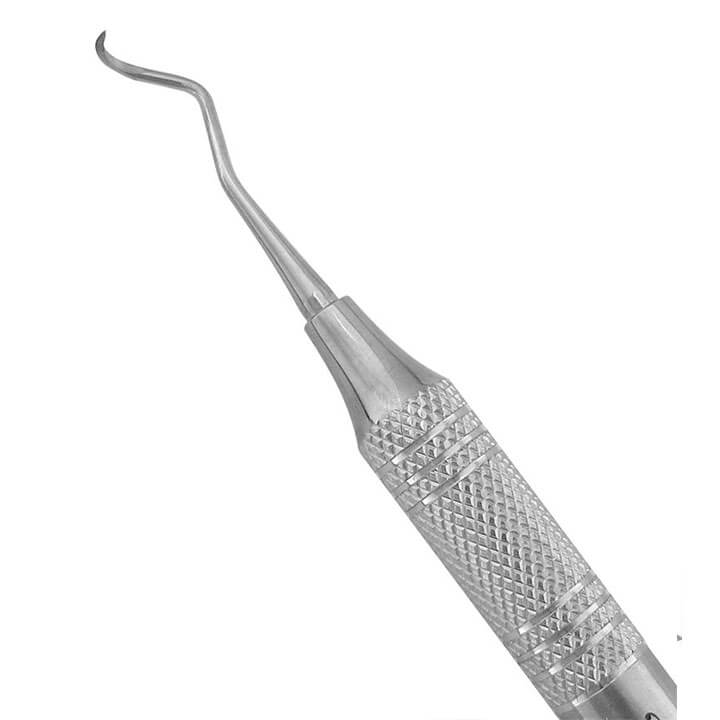







 Diagnostic Sets & Accessories
Diagnostic Sets & Accessories Dressing Pliers
Dressing Pliers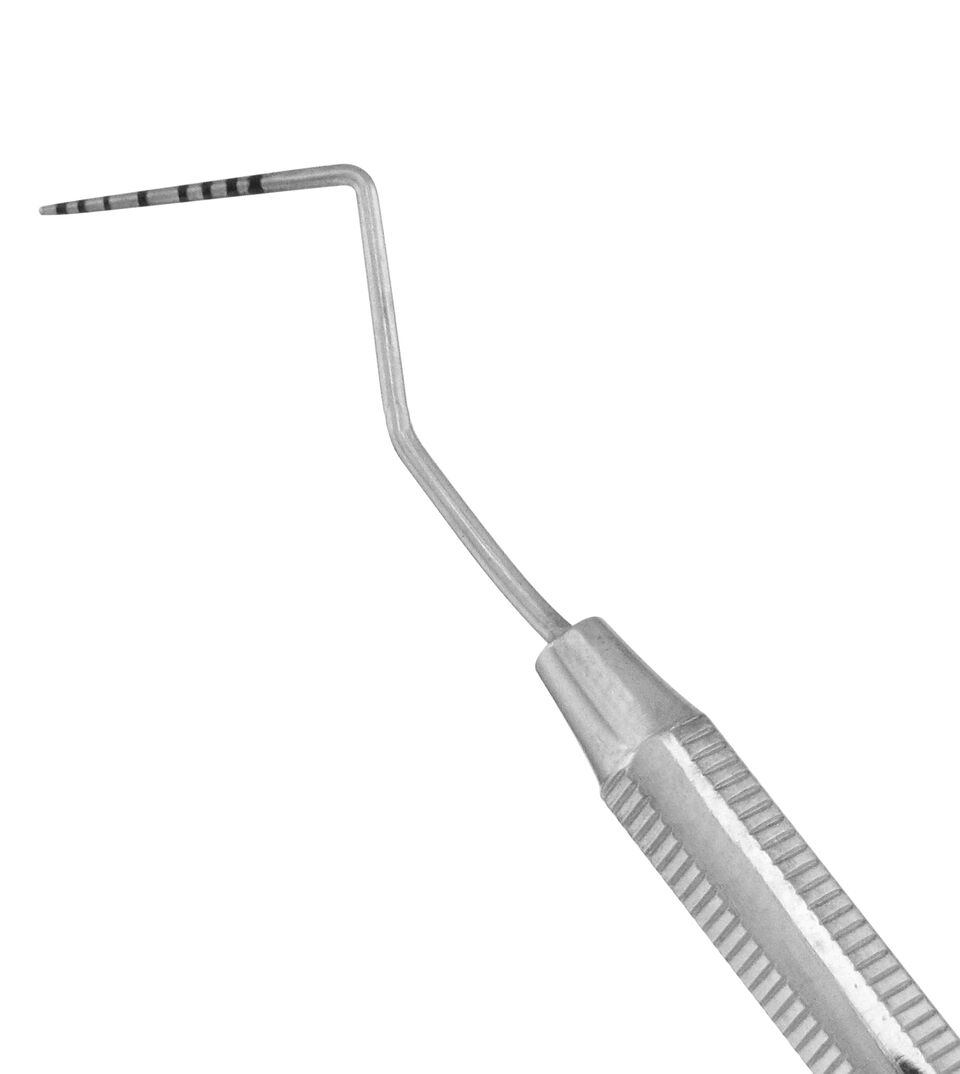 Explorer/Probes
Explorer/Probes Explorers
Explorers Intraoral Photography Mirrors
Intraoral Photography Mirrors Mirror Handles
Mirror Handles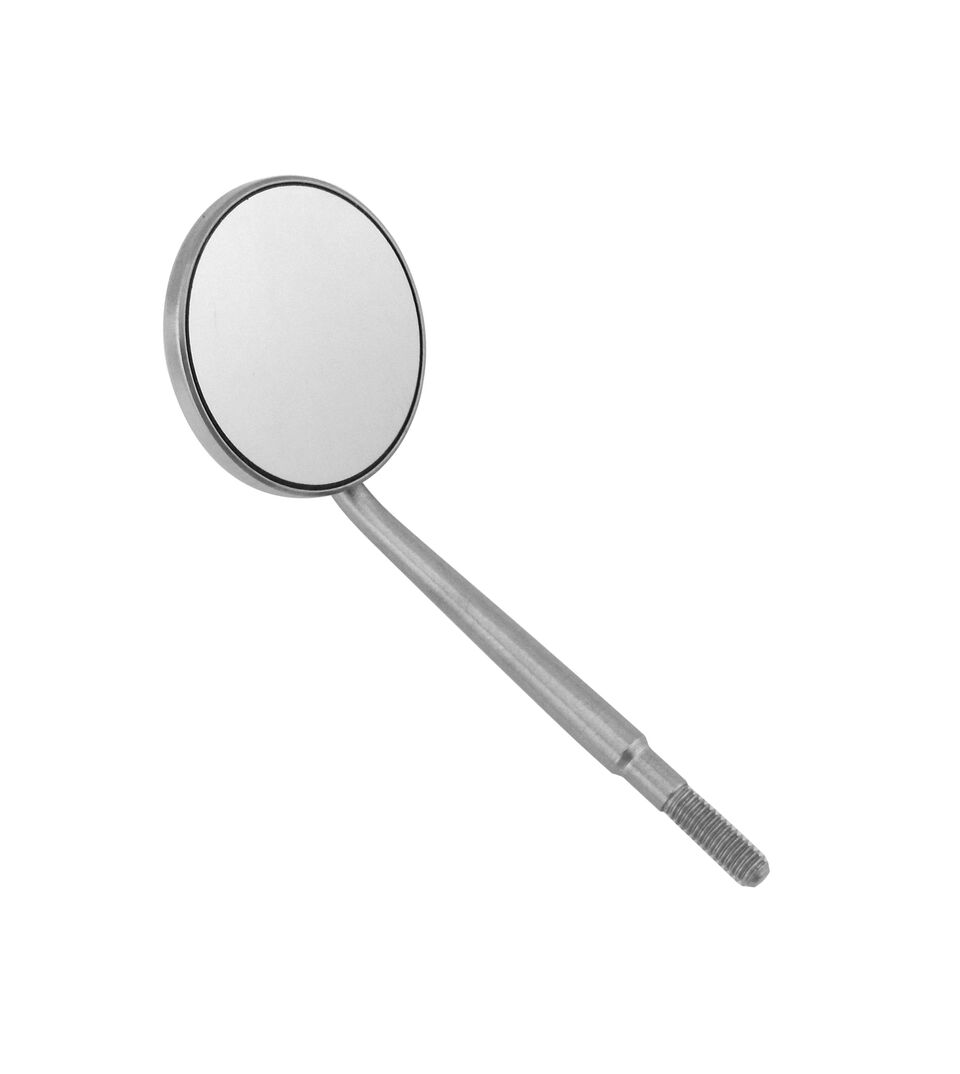 Mirrors
Mirrors Probes
Probes Endo Excavators
Endo Excavators Endo Explorers
Endo Explorers Endo Forceps
Endo Forceps Endo Rulers
Endo Rulers Endodontic Sets
Endodontic Sets Root Canal Pluggers
Root Canal Pluggers Root Canal Spreaders
Root Canal Spreaders Rubber Dam Clamps
Rubber Dam Clamps Rubber Dam Frames
Rubber Dam Frames Rubber Dam Punches & Forceps
Rubber Dam Punches & Forceps Cutters
Cutters Elastic Placing Mathieu Pliers
Elastic Placing Mathieu Pliers Gauges
Gauges Hand Instruments
Hand Instruments Mosquitoes
Mosquitoes Orthodontic Sets
Orthodontic Sets Pliers
Pliers Scissors
Scissors Tweezers
Tweezers Curettes
Curettes Gracey Curettes
Gracey Curettes Periodontal Sets & Accessories
Periodontal Sets & Accessories Periodontal Specialty Instruments
Periodontal Specialty Instruments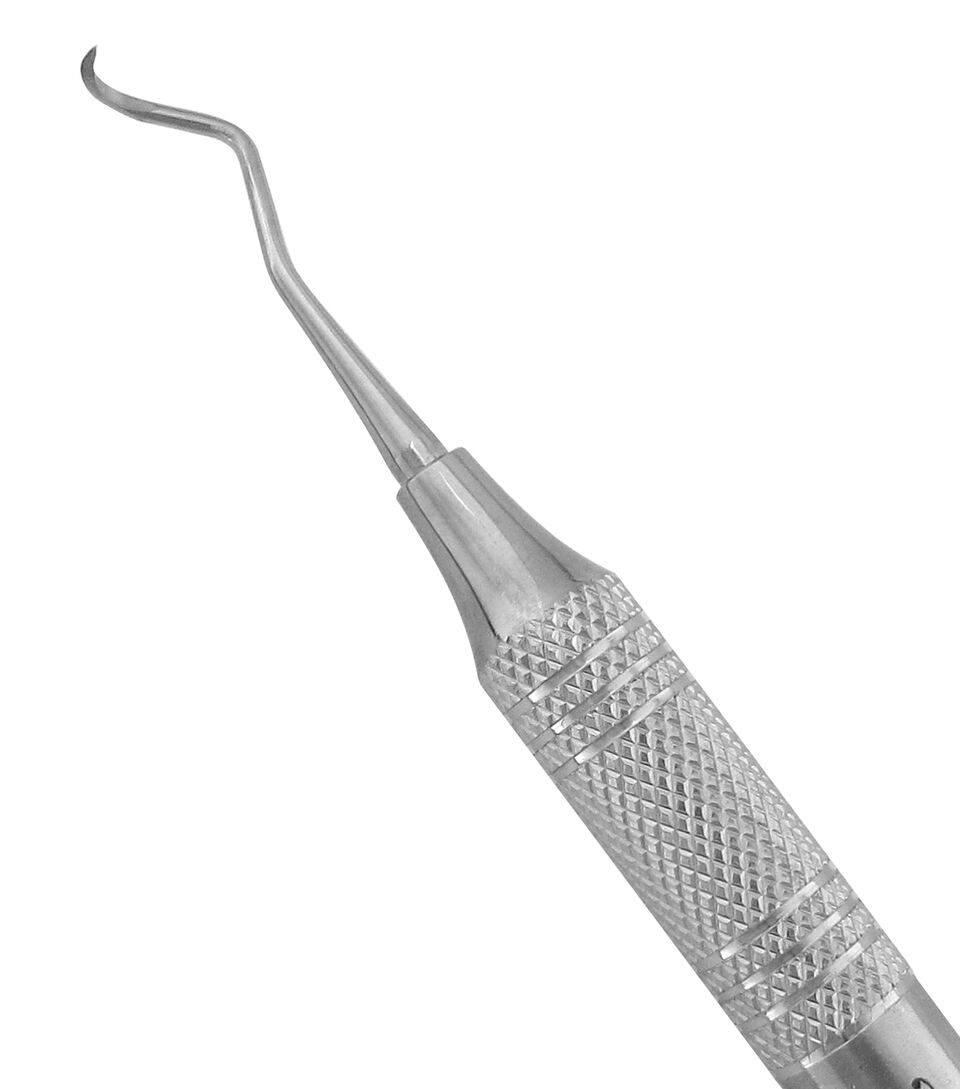 Scalers
Scalers Siberian Stone™ Collection
Siberian Stone™ Collection Amalgam Carriers & Well
Amalgam Carriers & Well Burnishers
Burnishers Calipers
Calipers Carvers
Carvers Cement Spatulas
Cement Spatulas Chisels
Chisels Composite & Plastic Filling Instruments
Composite & Plastic Filling Instruments Crown Removers & Spreaders
Crown Removers & Spreaders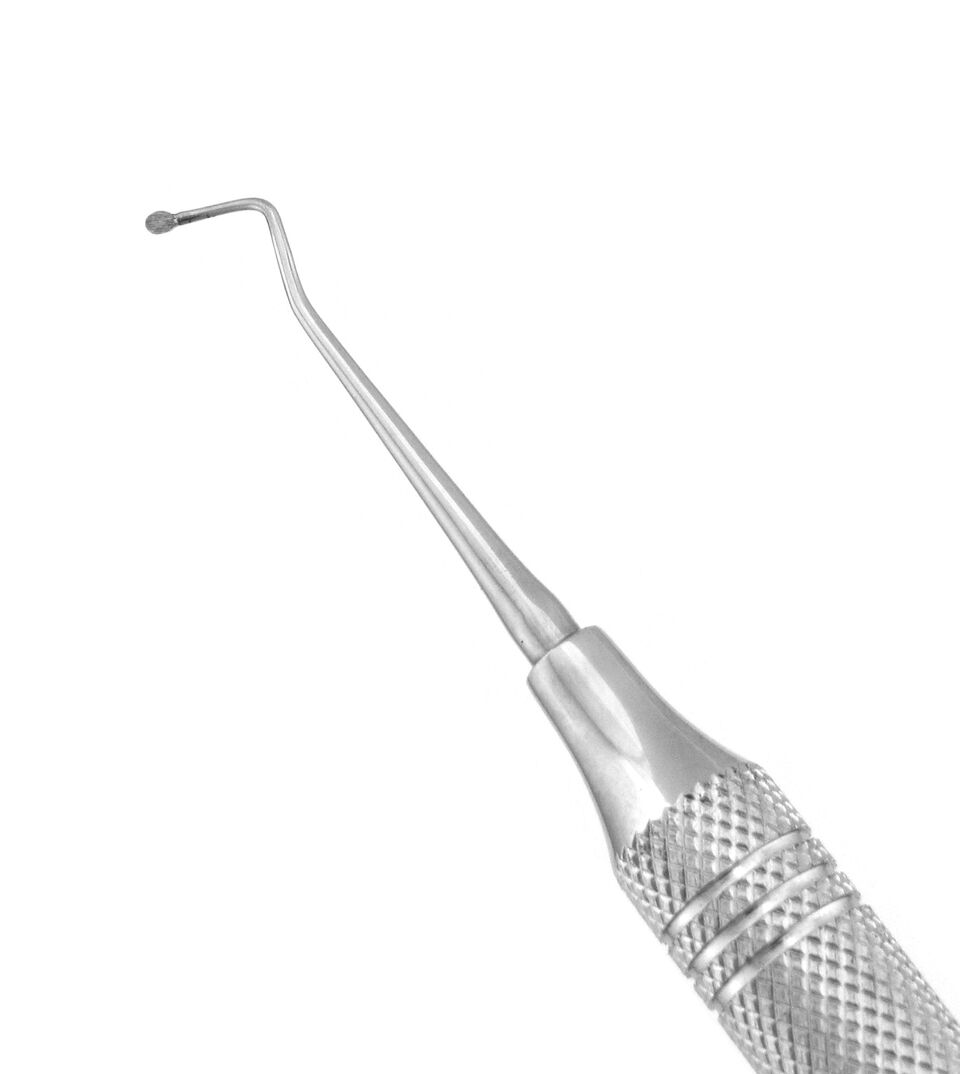 Excavators
Excavators Forceps & Tweezers
Forceps & Tweezers Gingival Cord Packers
Gingival Cord Packers Gingival Retractors
Gingival Retractors Hatchets
Hatchets Impression Tray Sets
Impression Tray Sets Margin Trimmers
Margin Trimmers Matrix Retainers
Matrix Retainers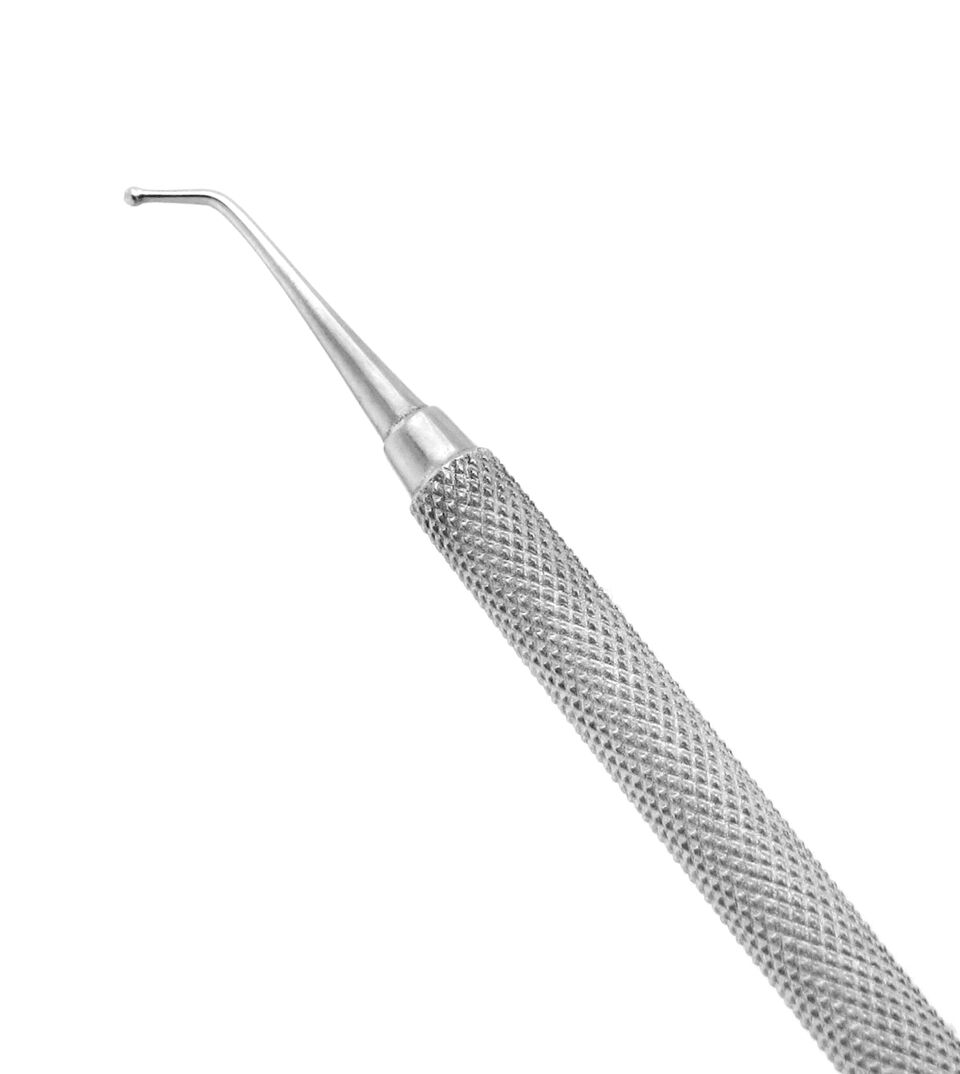 Placement Instruments
Placement Instruments Plaster Knives & Nippers
Plaster Knives & Nippers Plaster Spatulas
Plaster Spatulas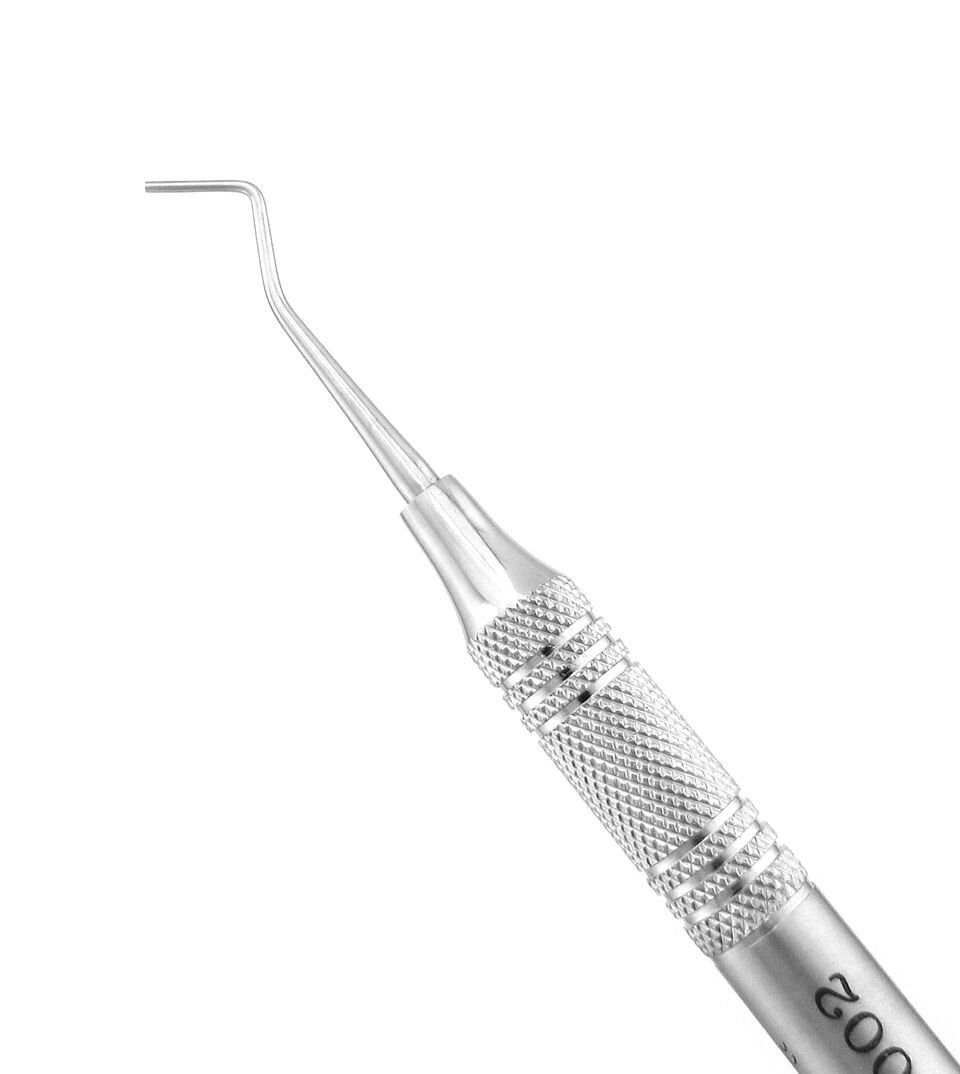 Pluggers/Condensers
Pluggers/Condensers Restorative Sets
Restorative Sets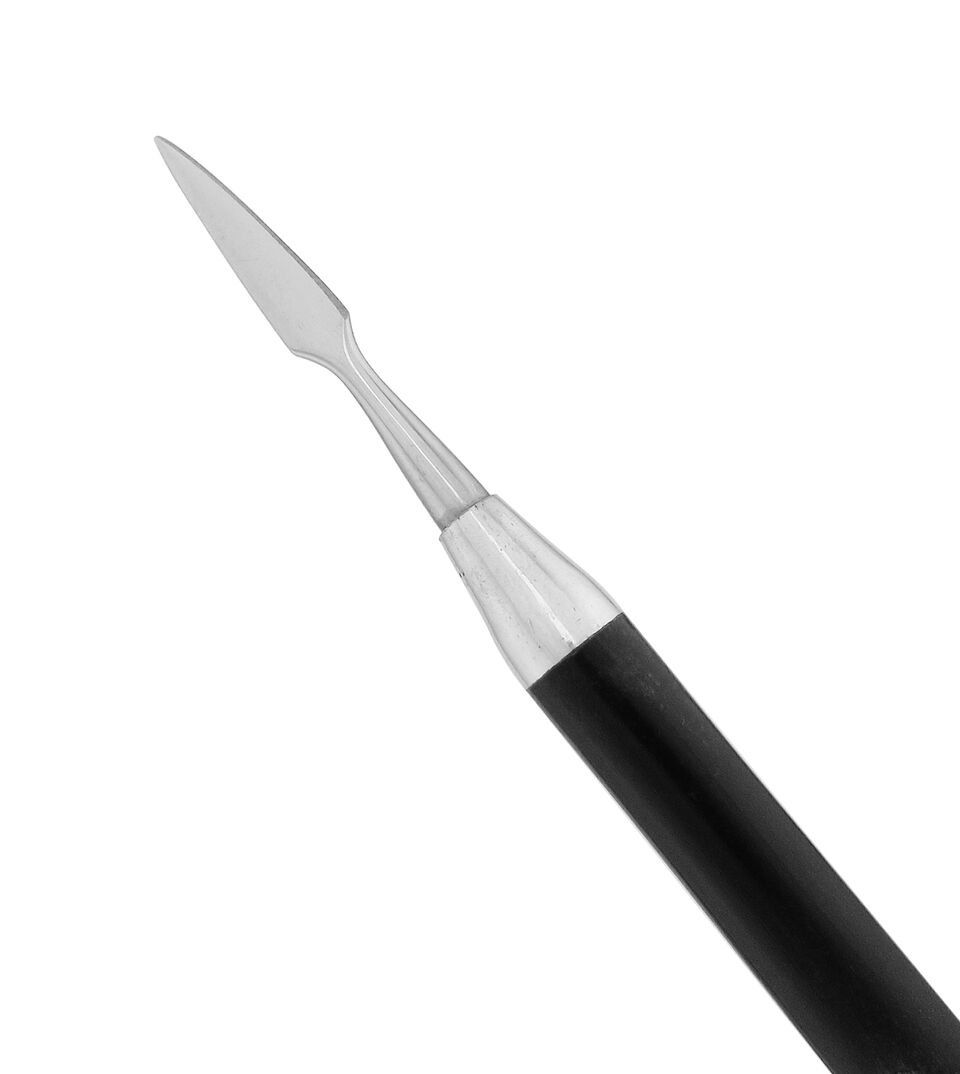 Wax & Porcelain Carvers
Wax & Porcelain Carvers Wax Spatulas
Wax Spatulas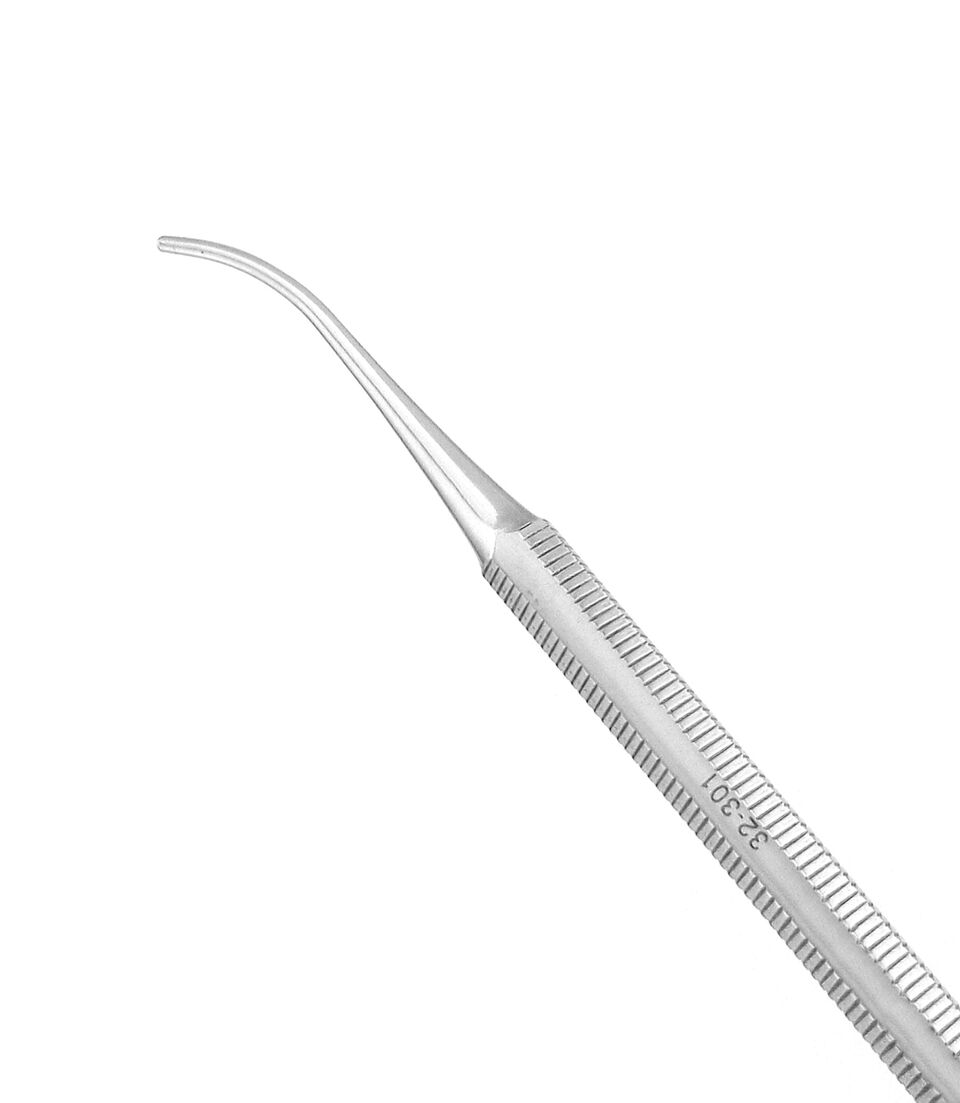 Waxing Instruments
Waxing Instruments Aspirators
Aspirators Bone Chisels
Bone Chisels Bone Grafting Instruments
Bone Grafting Instruments Calipers
Calipers Clamps
Clamps Dental Elevators
Dental Elevators Extraction Forceps
Extraction Forceps Hemostats & Forceps
Hemostats & Forceps Hybrid Instruments
Hybrid Instruments Implant Instruments
Implant Instruments Luxating Elevators
Luxating Elevators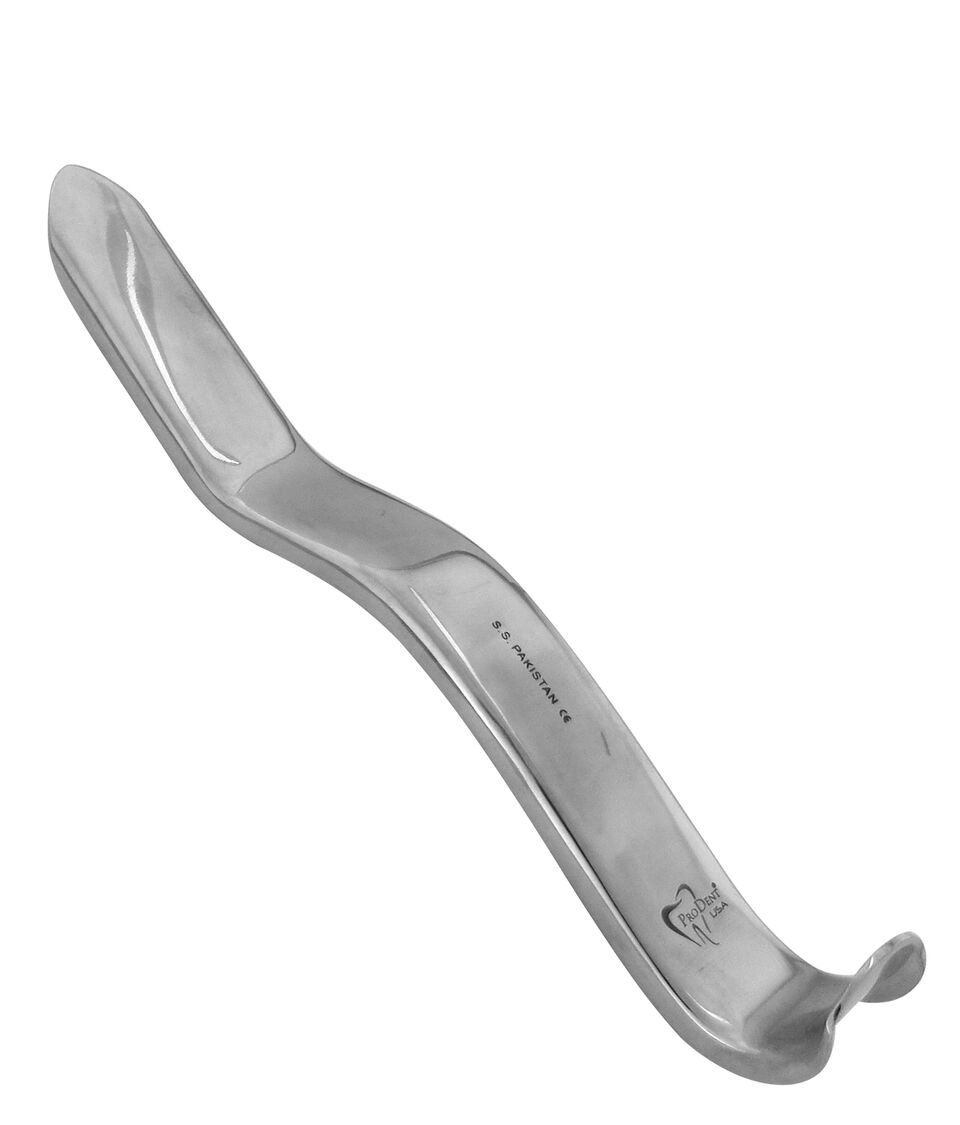 Mouth Gags & Retractors
Mouth Gags & Retractors Needle Holders
Needle Holders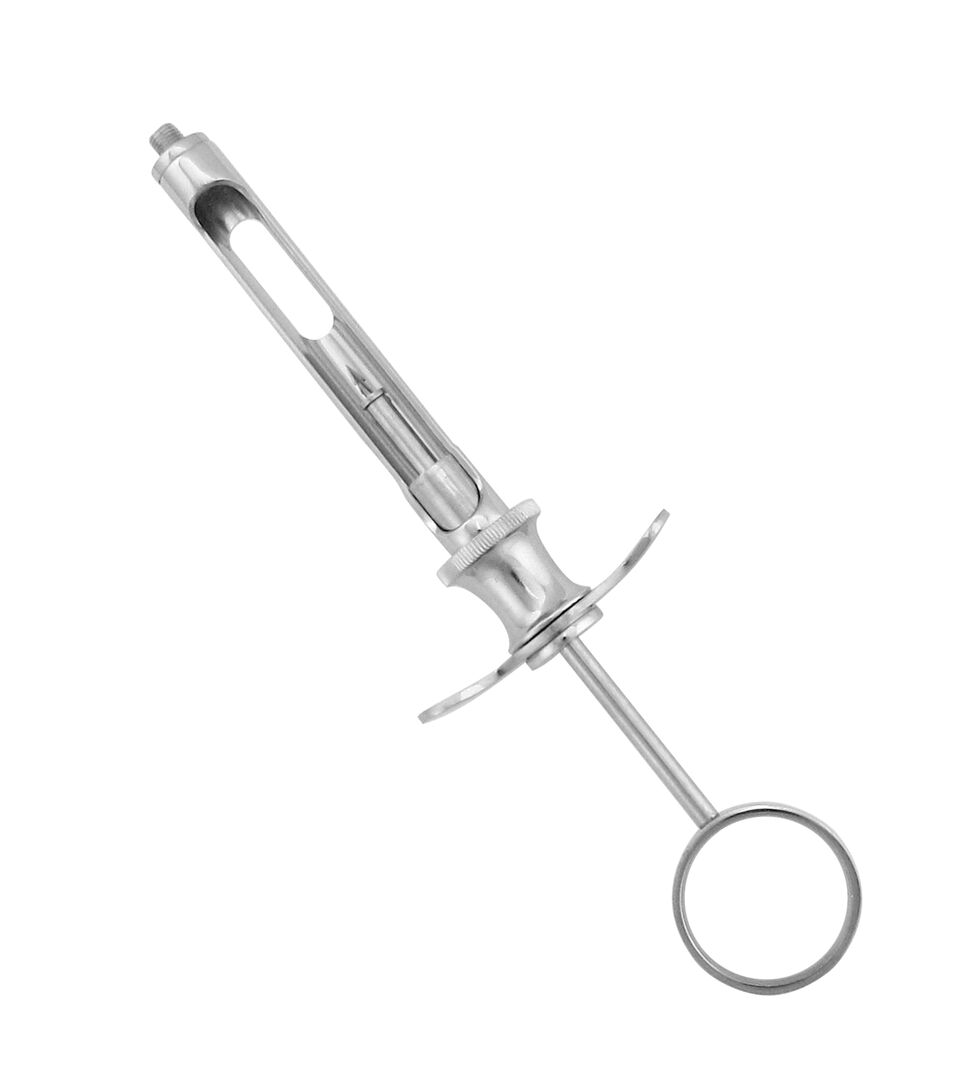 Oral Surgery Aspirating Syringes
Oral Surgery Aspirating Syringes Periodontal Surgical Instruments
Periodontal Surgical Instruments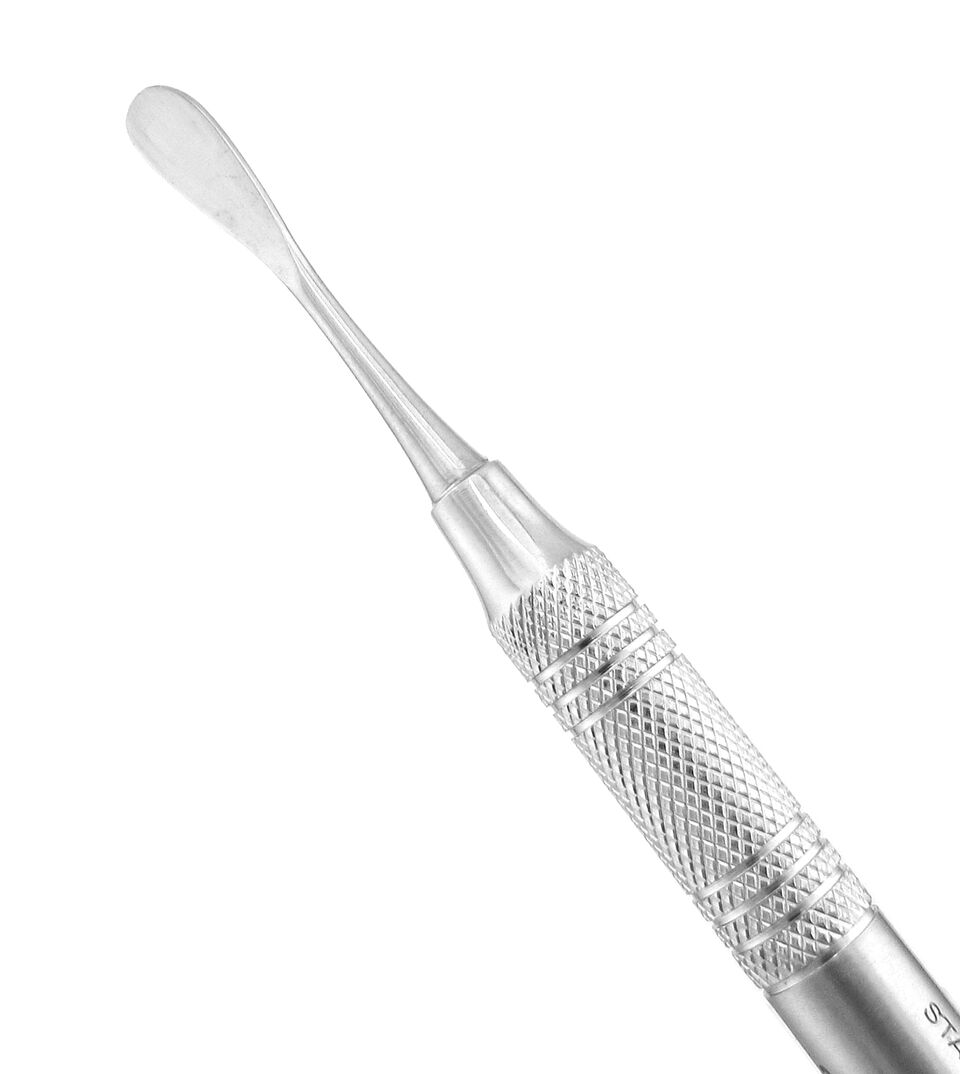 Periosteal Elevators
Periosteal Elevators Periotomes
Periotomes Rongeurs
Rongeurs Scalpel Handles
Scalpel Handles Surgical Curettes
Surgical Curettes Surgical Pediatric Forceps
Surgical Pediatric Forceps Surgical Sets
Surgical Sets Suture Forceps
Suture Forceps Tissue & Dressing Forceps
Tissue & Dressing Forceps Utility Forceps
Utility Forceps Stainless Steel Crowns
Stainless Steel Crowns Personal Protective Equipment
Personal Protective Equipment